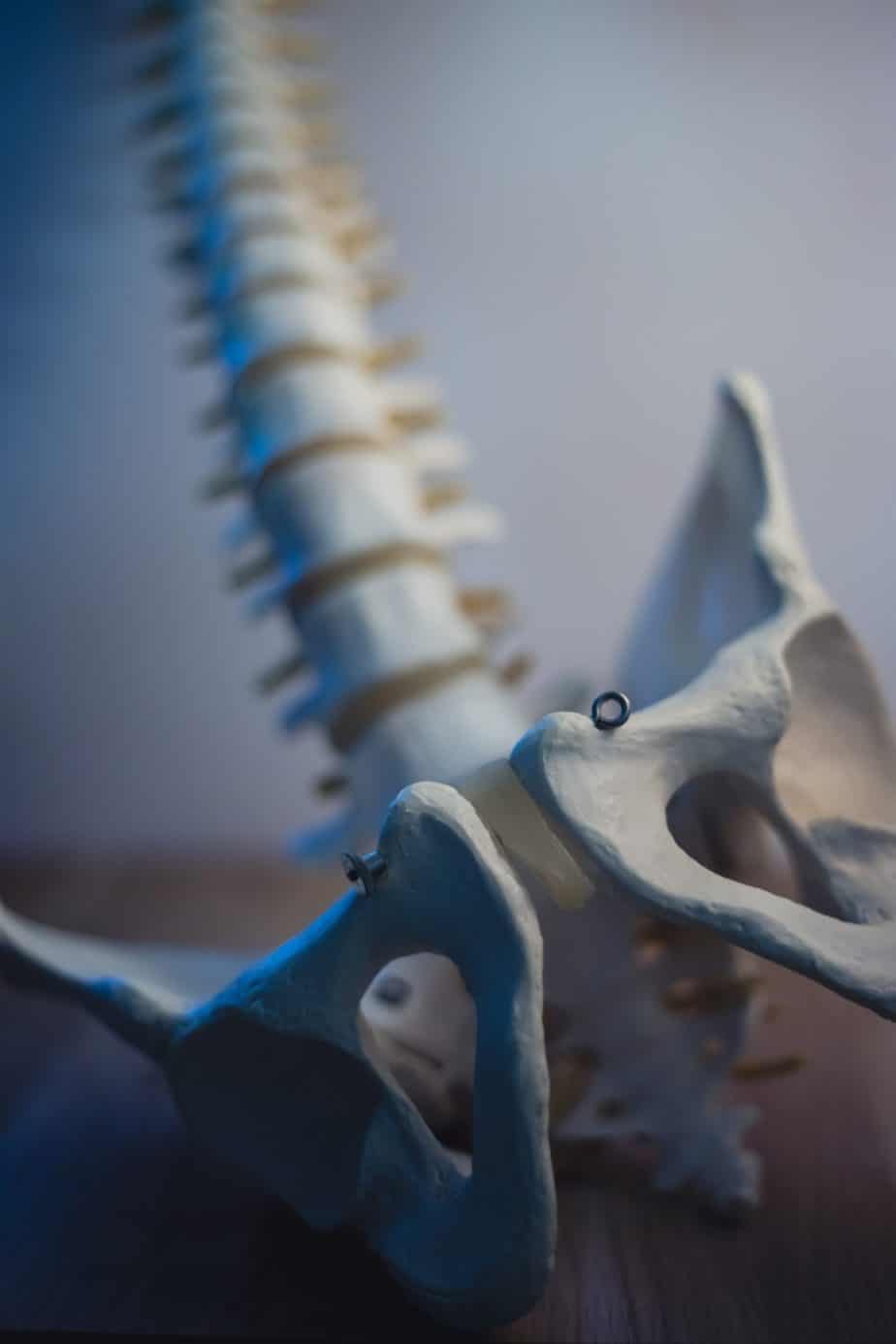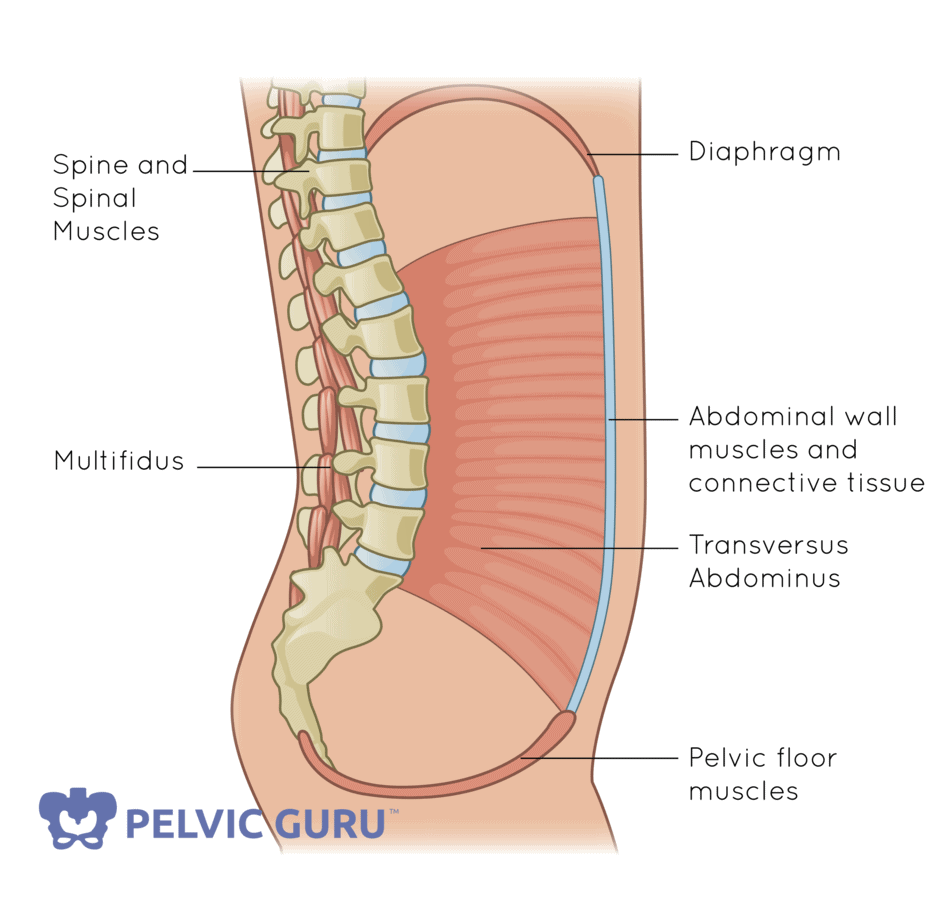Six Tips for Stress Reduction: Exercising Your Vagus Nerve to Heal Pelvic Pain

Stress plays a substantial role in physical health and overall well-being. Understanding the body and how daily habits influence the way it works can be a helpful tool in gaining control over pain and improving quality of life.
Our autonomic nervous system– the system responsible for regulating and maintaining the functional processes of the body without conscious effort- has two components:
Sympathetic Nervous System
The sympathetic nervous system (SNS): the “fight or flight” response that prepares us to operate in emergency or dangerous situations. It is responsible for physiological changes such as elevating our heart and respiratory rates, releasing stored energy, and shifting more blood towards our skeletal muscles, as needed to protect/defend ourselves from external threats. It also slows down systems that aren’t as important, such as digestion and urination, during times of environmental demand. If a dog is chasing you, you don’t want to stop to pee!
Parasympathetic Nervous System
The parasympathetic nervous system (PNS): the “rest and digest” response that controls our bodily functioning during more ordinary times when there is isn’t environmental threat or demand. The PNS is understood to be largely controlled by the vagus nerve.(1) Through this nerve activity, or vagal tone, the PNS is responsible for regulating physiological functions that allow our bodies to rest and restore energy, repair and heal, as well as build our immunity.(1) It stimulates our digestive organs to breakdown food in order to absorb nutrients and eliminate waste and decreases our heart and respiratory rates during periods of rest to reduce excessive energy expenditure.
Both of these nervous system components are necessary throughout our daily lives and allow us the flexibility to adapt to our surroundings and current situations. However, issues arise when we lack appropriate balance and lose our ability to shift seamlessly back and forth between these systems as necessary.
Maintaining a state of chronic stress due to work, family, finances- whatever the situation may be- can lead to more frequent SNS activation during times when the body doesn’t need to respond to an actual threat. This leads to excessive accumulated physical stress on the body and one can begin to suffer from things such as high blood pressure, tight and tender muscles, gastrointestinal distress, hormonal imbalances and other impairments.(1) This also means that there is less energy going towards rest, restoration, and healing!
How does stress, the autonomic nervous system, and the vagus nerve relate to pelvic pain?
Individuals with pelvic pain tend to have elevated tone or tension of their muscles at rest and often experience increased difficulty with relaxing their pelvic floor muscles. These individuals are more likely to report higher levels of anxiety and stress, lack efficient coping strategies, and demonstrate strong physiological responses to physical and emotional stress.(2) Thus it imperative that we seek to resolve all originating factors of pelvic musculoskeletal pain, often including an overactive SNS, instead of simply addressing the muscles and soft tissues alone. People who suffer from pelvic pain should learn how to implement lifestyle strategies that stimulate the vagus nerve and facilitate PNS activity to physiologically quiet the nervous system so the muscles of the pelvis can relax and heal for better long-term effects. Here are six easy tips that you can start using right away to decrease your pain and improve your overall health.
Six Tips to Stimulate your Vagas Nerve and Decrease Pelvic Pain:
- Intentional deep breathing:
- In any comfortable position, start to take deep, intentional breaths, allowing the abdomen and ribcage to expand in all directions like a balloon filling up with air.
- Breathe in for 4 seconds, and out for 6-8 seconds if you can. This lengthened exhale increased vagal tone, helping to down regulate your SNS and increase PNS activity.
- Repeat for at least 5 breaths. You can do this with eyes open or eyes closed.
- Meditation Imagery:
- In any comfortable position, close your eyes and take deep, calm breaths. If you want, combine this technique with the breathing described above.
- Begin to envision a time, place, or event that makes you feel safe, peaceful, and content. It could be a forest, a hammock on the beach, your grandmother’s kitchen, in the arms of your partner, whatever feels best to you.
- Visualize with all of your senses: what do see, hear, smell, feel, taste?
- Hand warming:
- Imagine one of the following scenarios: you are holding a warm mug of tea, or holding your hands over the soft glow a fireplace, or curling your fingers into soft, warm sand.
- Now envision the warmest color you can think of slowly glowing brighter around your hands and wrists and say or think to yourself “My finger tips are getting warmer; my palms are getting warmer; my wrists are getting warmer.”
- This technique helps to reset your autonomic nervous system and promotes feelings of calm and wellbeing by improving blood pressure, circulation, and pain response.(2)
- Practice this for at least 30-60 seconds at a time.
- Mindfulness Meditation:
- Mindfulness is the conscious practice of being fully present in the moment and allowing ourselves to become aware of where we are, what we’re doing, what’s happening within our bodies, and not become overwhelmed by what’s happening around us.
- Body scanning is a helpful technique that allows us to practice mindfulness within the context of body awareness and encourages relaxation in a systematic way.
- First, lay in a comfortable position and focus on the sensations of your breathing or your heart beat- don’t try to change them, just become aware of them.
- Then, starting from your head, begin to notice the muscles of your face and jaw. How do they feel? Are they gripping or holding any tension? Slowly start to let go of each muscle by picturing your body as warm, heavy, and relaxed.
- Continue this body scanning process until you have relaxed each part of your body. Remain lying quietly for however long feels good to you.
- Warm baths:
- Moist heat helps to relax chronically tight, sore muscles and relieve pain.
- Try adding 1-2 cups of epsom salt for extra relief!
- A warm bath can also promote a mental state of relaxation and decrease feelings of stress and anxiety.
- “Me Time”:
- Make time for something that makes you happy- whatever that looks like to you.
- We have to prioritize our mental and physical well-being. Block a slot on your calendar like you would for any other meeting or task that HAS TO BE DONE and treat it as such.
- Your health is a priority. Not only is it okay to put aside a little time for yourself, it is necessary.
“Sometimes the most important thing we do in a whole day is the rest between two breaths.”
-Etty Helesum
At the very least, set aside 5 minutes per day to practice the self-care technique that works best for you to help your body better cope with stress.
It is important to note that practicing relaxation techniques and letting go of stress can sometimes lead to an emotional release. This can be different for each person. You may feel angry, anxious, sad, peaceful, joyful, or any other wide range of emotions. Simply try to notice your thoughts without judgement, and allow yourself to feel however it is that you are feeling in the moment. Be gentle with yourself.
It may take time to find the combination of techniques or the frequency/duration of performing the techniques that works for you. Keep in mind, these tips help some people, but they might not work for you. Please don’t feel that you’ve failed if these suggestions do not end your pain. They are simply options to explore.
This blog was created for informational purposes only and is not intended be a substitute for professional medical advice, diagnosis, or treatment. Always seek the advice of your physician or other qualified health provider with any questions you may have regarding a health condition.
Written By: Serenity Serafini, PT, DPT
References
- Porges, SW. The Polyvagal Theory: Neurophysiological Foundations of Emotions, Attachment, Communication, and Self-Regulation. New York: W.W. Norton, 2011.
- Coady, D. Fish, N. Healing Painful Sex. New York: Seal Press, 2011.







